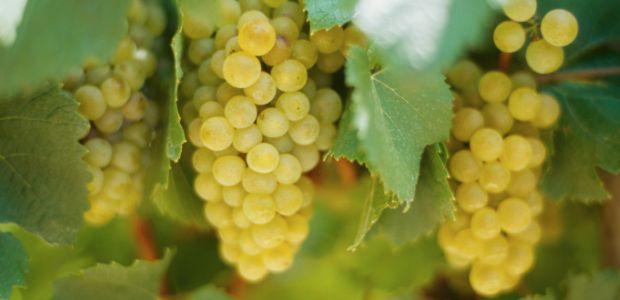This precious grape originated in the provinces of Elazığ and Malatya. The grape, which ripens from the mid of September to mid- October, has black colour and large berries. Öküzgözü was used for wine making and as a table grape by Armenians for thousands of years.
Wines produced from these grapes hava soft tannins, high acidity, good balance, richness and elegance. They reveal red fruits aromas (cherry, sour cherry, jam), black mulberry and earthy aromas. Both young and ageble wines can be produced from Öküzgözü. This grape is suitable for oak maturation.
Boğazkere
 Grown in and around Diyarbakir, this is one of Anatolian best quality red wine grape variety. It is grown in pebbly, sometimes chalky and clayish, red soil. The area where these grapes are cultivated lies just south of the mountains seperating the Anatolian tablelands, on the Mesopotamian flatland between the Tigris and Euphrates rivers.
Grown in and around Diyarbakir, this is one of Anatolian best quality red wine grape variety. It is grown in pebbly, sometimes chalky and clayish, red soil. The area where these grapes are cultivated lies just south of the mountains seperating the Anatolian tablelands, on the Mesopotamian flatland between the Tigris and Euphrates rivers.Medium, dark, thick skinned, with high tannin content grapes wines produced from these grapes have black mulberry, fig, cherry, black olive, spice, earthy and animal aromas. This variety is suitable for maturation in oak barrels.
Kalecik Karası
 Central Anatolian high quality wine grape which is grown in Kalecik district in Kızılırmak basin. Kalecik Karası is round, bluish black, thin skinned wine grape. The wines produced from this grape is medium intensity red in colour; reveals pronounced red fruits aromas and it has low to medium tannin with high acidity. The most pronounced aromas of the grape are stawberry, raspberry and cherry. They are suitable for aging in oak barrels.
Central Anatolian high quality wine grape which is grown in Kalecik district in Kızılırmak basin. Kalecik Karası is round, bluish black, thin skinned wine grape. The wines produced from this grape is medium intensity red in colour; reveals pronounced red fruits aromas and it has low to medium tannin with high acidity. The most pronounced aromas of the grape are stawberry, raspberry and cherry. They are suitable for aging in oak barrels. The maturation and aging process in the oak barrels imparts a complex aroma of spice, dried fruit and coffee. This grape is suitable for making both young and aged wines.
Çal Karası
Çal Karası is a variety of red wine grape from the Çal district of the Denizli Province in Turkey. It also gives its name to a wine produced from the grape which gives berry fruit flavors. The wines are around 12-13 % alcohol, with 5-7 grams acidity. Wine made from this grape matches with any kind of aperitif togather with fruits, pastries and cheese.







